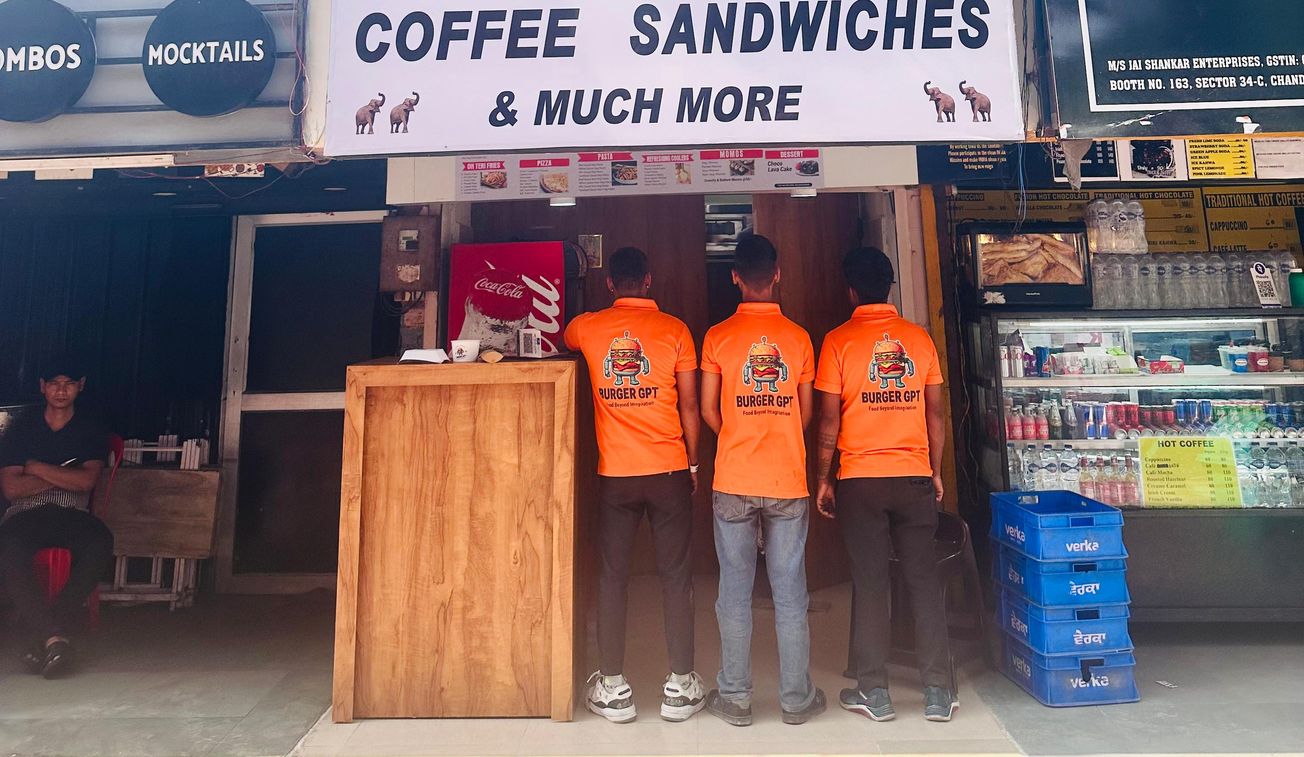Beginning something like Zomato was out of an experience. One fine morning, Pankaj Chaddah and Deepindar Goyal were in Delhi’s office when they saw a sight that later changed the way of the food world and their lives. They saw there wasn’t much-unprecedented change; however, a simple fact of observation was, numerous individuals where they would need to wait in line for quite a while to get a brief look at the menu card. It was in that exact second that making Zomato developed a wonderful idea that has changed the way the restaurant business works. The thought was executed however, the issue couldn’t have been explained in a day. Along these lines, they began with transferring delicate duplicates of menu cards on their site. First and foremost, it immediately picked up attention in their office, and soon enough, the word spread, and it turned into a notable site in the whole city.
Zomato, established by Deepinder Goyal and Pankaj Chaddah in the year 2008, was renowned as Foodiebay in the early years. In simple nine months, the organization acquired fame and knowledge and it allowed them to transform into the biggest café Menu provider in Delhi. What, at first, began in Delhi later stretched out to urban communities like Kolkata and Mumbai. It was unique in 2010 when Foodiebay assembled a huge consumer base and acquired investors; the owners chose to change its name and take it global. This is the place where the startup was renamed Zomato. In this manner started the booming Growth of the organization.
Expansion and Growth through the years
Zomato saw a booming growth in its development. This can likewise be credited to how it required some investment to spread its wings and gain a spot for itself in different places across India and the world. It acquired recognition in Delhi; the organization spread out to urban areas like Ahmedabad, Pune, Bengaluru, Hyderabad, and Chennai. Simultaneously in 2012, Zomato had started its expansion by stretching out to UAE, Sri Lanka, South Africa, Qatar, and the UK. In 2013, they added Turkey, Brazil, and New Zealand to their map space. In any case, Zomato didn’t stop here. Zomato used the power of technology available through the mobile phone to expand their reach.
Investments that helped grow Zomato
Zomato raised $195 million from six investors, including US-based investments Kora Management and Luxor Capital. The investment uplifts the organization, one of India’s biggest startups, at a post-cash valuation of 3.6 billion, as per value. The venture is the most recent in many fundraisers for Zomato for its arranged first sale of stock in the primary portion of 2021. In September, the organization raised 160 million from US multifaceted investments, Tiger Global Management LLC, and Singapore’s Temasek Holdings unit. Many new investors were interested in joining the 600 million investment for online food delivery organization Zomato.
London-settled multifaceted investments Steadview Capital, South Korean Mirae Asset-Naver Asia Growth Fund, US investors Luxor Capital and private value firm Bow Wave Capital are probably going to by and large siphon 150 million into the organization. UK’s Baillie Gifford, which had put earlier in the round, will add more assets. The capital was raised as a feature of a continuous financing round required to raise as much as $600 million. The round has seen Zomato raise more than $270 million so far this year.
Zomato’s CEO, Deepinder Goyal, announced in September that the organization has $250 million in the bank and will utilize the money hold as a ‘stash’ for future acquisitions. Goyal additionally said that Zomato is probably going to go public in the top half of 2021. In the most recent pledge gathering, Zomato Pvt. Ltd has apportioned 12,656 Class J5 particular profit offers to Kora Investment LLC at an issue cost of ₹300,235, totaling an over 1% stake in the food tech major.
Pandemic vs. Zomato
Zomato had taken the toll hard during the pandemic, from loss of stability to a closing economy, Zomato tried to establish a setup to engage back with the consumers. Their marketing team had announced back earlier that they were coming back to establish control with the food delivery and change the way it worked… Thus, in a blog (1), zomato listed the following initiatives.
- Zomato tried to establish a no-contact delivery with the consumer and the deliveryman primarily. This involved leaving the package at the doorstep. A call will be made earlier to the consumer to ensure that they are informed of the delivery. The deliveryman will not touch any related object of the household and leave immediately.
- Face Masks, zomato settled with this as the most thing that the deliveryman will have to follow at Zomato. “we believe that people should wear masks for the sake of others, if not for themselves. In that spirit, we have distributed and continue to distribute face masks to our delivery partners to keep them, as well as our customers, safe from the spread of an unlikely infection.”
- Zomato further disbanded the Cash on a delivery feature to prevent the virus’s hands and transfer through notes. It was essential for hotels and restaurants to engage in e-payment services like PayTM, Google Pay, and more.
- Restaurants are supposed to conduct daily checks of their workers and update them on the app. This would allow the consumer to have an authentic experience on the app. The workers should be checked for temperatures every day, twice. The use of gloves is mandatory.
- Delivery workers are given the utmost protection and insurance while traveling to unsafe locations. To help in the relief situation, a fund was created to support the poor and needy workers.










